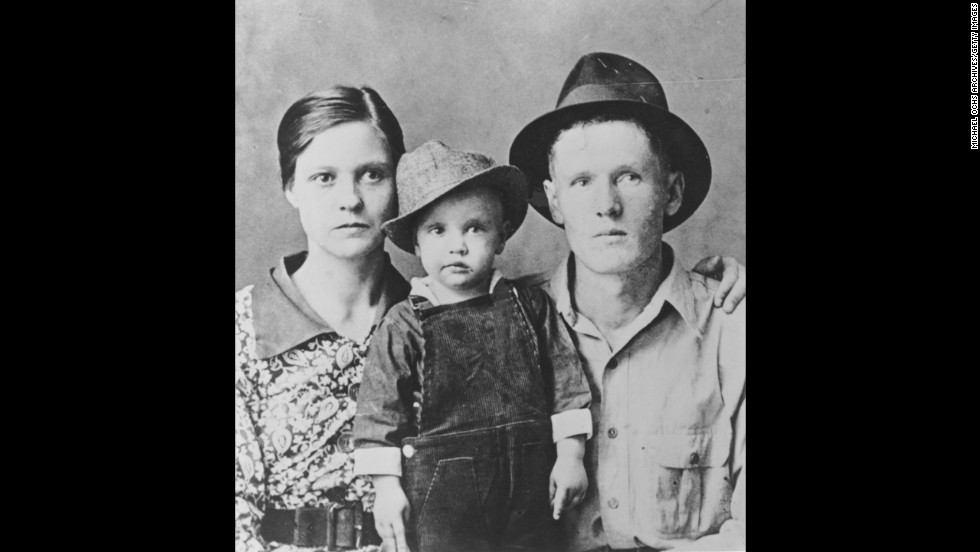 |
| l-r myra gail lewis, jerry lee lewis, frankie jean lewis |
10 bonkers
musical memorabilia
museum shrines
the Jerry Lee Lewis Family MuseumLargest Rolling Stones Museum... In SloveniaBritney Spears rural regular Louisianaquirky shrinegirl MuseumNew Jersey home doubles as The Dylan Shrine
Britney Spears beds Elvis minutiae Johnny Cash AmEx baby marbles Keith Richards fanatics shame
the Jerry Lee Lewis Family Museum
The only musical museum to boast drive-through liquor is the Jerry Lee Lewis Family Museum, converted from his childhood.
JLL’s sister Frankie Jean runs thereto his spot, hand-describes his piano-playing and -sipping.
Largest Rolling Stones Museum... In Slovenia
You you’re Stones fan?
Slavko Franca has beat The Rolling Stones Museum home in Portoroz, Slovenia.
Franca amassed 1,000 memorabilia, personally thrown by Keith Richards.
Britney Spears rural regular Louisiana
quirky shrine-girl Museum
The Britney Spears Museum, located inside the Kentwood Museum in the rural Tangipahoa Parish town of Kentwood, is a quirky shrine for fans of the pop superstar who is a Kentwood native. The museum contains memorabilia, fan-donated items such as min
Britney's hometown pride is a wing of permanent focus as a rural, regular Louisiana girl, photos and bed, supreme-fan-donated miniature stage performed HBO concert special.
Elvis Presley genuine 24-hour Elvis shrine, Graceland Too mansion

Elvis’ Graceland mansion–already so obsessed, they erect their own.
First the late Paul MacLeod turned Holly Springs, Mississippi into a 24-hour Elvis shrine called Graceland Too. MacLeod and treasure trove memorabilia entire lot was bought by anonymous bidder (Nicolas Cage?) for $54,500.
And let’s not forget Denmark’s Henrick Knudsen.
He built a replica mansion twice the size of Graceland. According to CNN, the memorabilia housed inside is valued at $1.6 million, including instruments, clothing, and the cuff links he received from President Nixon. There’s even a diner inside that serves–what else–Elvis’ famous peanut butter and banana sandwich
Bruce Springsteen
Anyone can now access Bruce Springsteen blindedbythelight.com - view handwritten “Born to Run” lyrics, Lil Bruce’s first grade report card, fonts of Boss’ handwriting (finally!), and items.
ABBA
Stockholm’s ABBA Museum is dedicated to connecting fans to the Swedish Superglue—for real though. Somehow they’ve rigged a player piano at the museum to sync up with whatever ABBA member Benny Anderson is playing on studio piano in real time. Similarly intimate, a telephone which only four singers have the number. When it rings, lucky visitors have a chance to talk to casual fans and play dress up with sparkly satin costumes, and funky flashing floors.
Dolly Parton
In 1986 Dolly Parton became co-owner of an existing amusement park called Silver Dollar City. But that wasn’t gonna cut it. She renamed it Dollywood! The theme park celebrates Smoky Mountain heritage and one of the greatest musical talents to spring from the region—herself. Plus, it’s in Pigeon Forge, Tennessee, just minutes from her hometown. Three million people visit every season to ride roller coasters, cool off at a water park, and attend concerts where Dolly herself is known to make appearances.
Johnny Cash
This place has so many art from Cash’s life, it might as well be his closet. The visitors lead the rock legend from marbles, middle school books, American Express, and a letter to June Carter after she died a heart-wrenching experience, Cash or not, as with the music video of Nine Inch Nails’ “Hurt.”
The Beatles
Alaskan Beatlemaniac Larry Flynn is such a fan, he has a “John Lennon Room,” which a sign reads is, “dedicated to the memory and legacy of John Lennon, the leader of the world’s greatest pop music phenomenon,” according to Alaska Dispatch News. Some of the precious items include a painting of the first time Paul and John met, a replica of the yellow suit John wore on the cover of Sgt. Pepper’s (tailored to fit Flynn), 300 Beatles books, and LPs signed by all four Beatles.
Mel Prussak is probably the biggest Dylan fan out there. Just check out his resume to see for yourself. His New Jersey home doubles as The Dylan Shrine, not your standard poster book records, one-of-a-kind sculptural assemblages called “zim-art,” inspired by Dylan.












